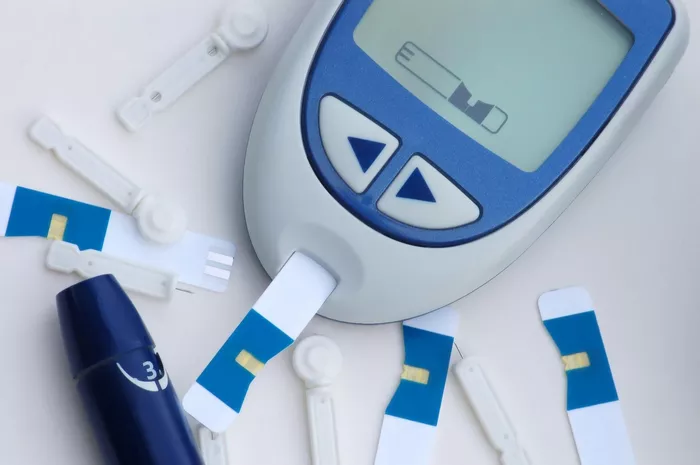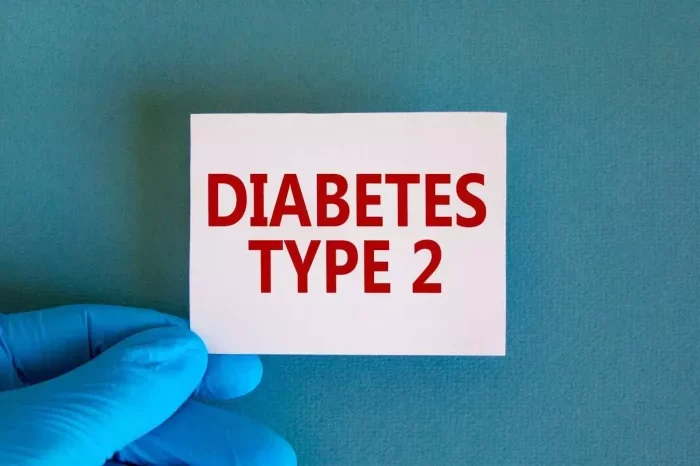In the realm of diabetes management, monitoring blood sugar levels is paramount. Two common metrics used in this regard are Hemoglobin A1c (HbA1c) and blood glucose levels. While both are essential for assessing glycemic control, they serve different purposes and provide distinct insights into a person’s overall health status and diabetes management. Understanding the difference between Hemoglobin A1c and glucose is crucial for effective diabetes management and optimal health outcomes.
What is Hemoglobin A1c?
Hemoglobin A1c, often abbreviated as HbA1c or simply A1c, is a measure of average blood glucose levels over the past two to three months. It is a crucial tool in assessing long-term glycemic control in individuals with diabetes. Hemoglobin is a protein found in red blood cells that binds to glucose in the bloodstream. When blood sugar levels are high, glucose molecules attach to hemoglobin, forming glycated hemoglobin. The percentage of glycated hemoglobin relative to total hemoglobin is reflected in the HbA1c measurement.
The Role of Hemoglobin A1c in Diabetes Management
One of the primary advantages of using Hemoglobin A1c as a marker for glycemic control is its stability over time. Unlike blood glucose levels, which can fluctuate throughout the day in response to various factors such as food intake, physical activity, and stress, HbA1c provides a more comprehensive picture of blood sugar control over an extended period.
For individuals with diabetes, maintaining an HbA1c within target ranges is associated with a reduced risk of long-term complications, including cardiovascular disease, kidney disease, neuropathy, and retinopathy. Healthcare providers use HbA1c measurements to assess the effectiveness of diabetes management strategies, including medication regimens, lifestyle modifications, and dietary changes. By tracking changes in HbA1c levels over time, clinicians can make informed decisions regarding treatment adjustments to help individuals achieve optimal glycemic control and reduce their risk of diabetes-related complications.
Interpreting Hemoglobin A1c Results
Hemoglobin A1c results are typically reported as a percentage, with higher values indicating poorer glycemic control. The American Diabetes Association (ADA) recommends target HbA1c levels based on individual patient factors, such as age, comorbidities, and diabetes duration. Generally, an HbA1c level below 7% is considered optimal for most adults with diabetes, although individualized targets may vary.
It’s important to note that while HbA1c is a valuable tool for assessing long-term glycemic control, it does have limitations. Factors such as red blood cell lifespan, certain medical conditions (e.g., anemia), and hemoglobin variants can affect the accuracy of HbA1c measurements. Additionally, HbA1c may not reflect short-term changes in blood glucose levels, making it less suitable for monitoring acute fluctuations or assessing the impact of recent interventions.
What Are Blood Glucose Levels?
Blood glucose levels, also known as blood sugar levels, represent the concentration of glucose in the bloodstream at a given moment. Glucose is the primary source of energy for cells throughout the body and plays a vital role in metabolism. In individuals without diabetes, blood glucose levels are tightly regulated through a complex interplay of hormones, including insulin and glucagon, to maintain stable levels within a narrow range, typically between 70 to 130 milligrams per deciliter (mg/dL) before meals and less than 180 mg/dL two hours after meals.
The Importance of Monitoring Blood Glucose Levels
For individuals with diabetes, maintaining blood glucose levels within target ranges is essential for preventing short-term complications such as hyperglycemia (high blood sugar) and hypoglycemia (low blood sugar), as well as reducing the risk of long-term complications associated with poorly controlled diabetes. Monitoring blood glucose levels allows individuals to make informed decisions about medication dosages, dietary choices, and lifestyle modifications to manage their condition effectively.
There are various methods for monitoring blood glucose levels, including self-monitoring using glucometers, continuous glucose monitoring (CGM) systems, and laboratory-based tests. Self-monitoring of blood glucose (SMBG) involves using a portable glucometer to measure blood sugar levels using a small drop of blood obtained by pricking the fingertip. CGM systems use sensors inserted under the skin to continuously measure interstitial glucose levels, providing real-time data and trends over time.
Differences Between Hemoglobin A1c and Glucose
While both Hemoglobin A1c and blood glucose levels are important indicators of glycemic control, they offer different perspectives on diabetes management.
Time Frame:
Hemoglobin A1c reflects average blood glucose levels over the past two to three months, providing a measure of long-term glycemic control.
Blood glucose levels provide real-time information about current blood sugar concentrations, offering immediate feedback on the effectiveness of diabetes management strategies.
Stability vs. Variability:
Hemoglobin A1c is relatively stable over time and less susceptible to short-term fluctuations caused by factors such as meal consumption, physical activity, and stress.
Blood glucose levels can vary throughout the day in response to various factors, making them more dynamic and sensitive to short-term changes in diet, exercise, and medication.
Clinical Utility:
Hemoglobin A1c is commonly used by healthcare providers to assess overall glycemic control and guide treatment decisions over extended periods.
Blood glucose levels are valuable for monitoring acute changes in response to specific interventions, such as mealtime insulin doses or exercise regimens.
Target Ranges:
Hemoglobin A1c targets are typically used to guide long-term diabetes management goals and are based on recommendations from organizations such as the American Diabetes Association (ADA).
Blood glucose targets may vary depending on individual factors such as age, diabetes duration, comorbidities, and treatment modalities, and are often tailored to individual patient needs.
Accuracy and Limitations:
Hemoglobin A1c measurements may be influenced by factors such as red blood cell lifespan, certain medical conditions, and hemoglobin variants, which can affect accuracy.
Blood glucose measurements provide direct information about current glucose levels but may be affected by factors such as meter accuracy, timing of measurements, and interstitial fluid glucose lag in CGM systems.
Conclusion
Both Hemoglobin A1c and blood glucose levels are valuable tools for assessing glycemic control and guiding diabetes management strategies. While HbA1c offers insights into long-term blood sugar control, blood glucose levels provide real-time feedback and allow for immediate adjustments to treatment regimens. By understanding the differences between these two metrics and incorporating them into comprehensive diabetes care plans, healthcare providers and individuals with diabetes can work together to optimize glycemic control and improve health outcomes over time.



























